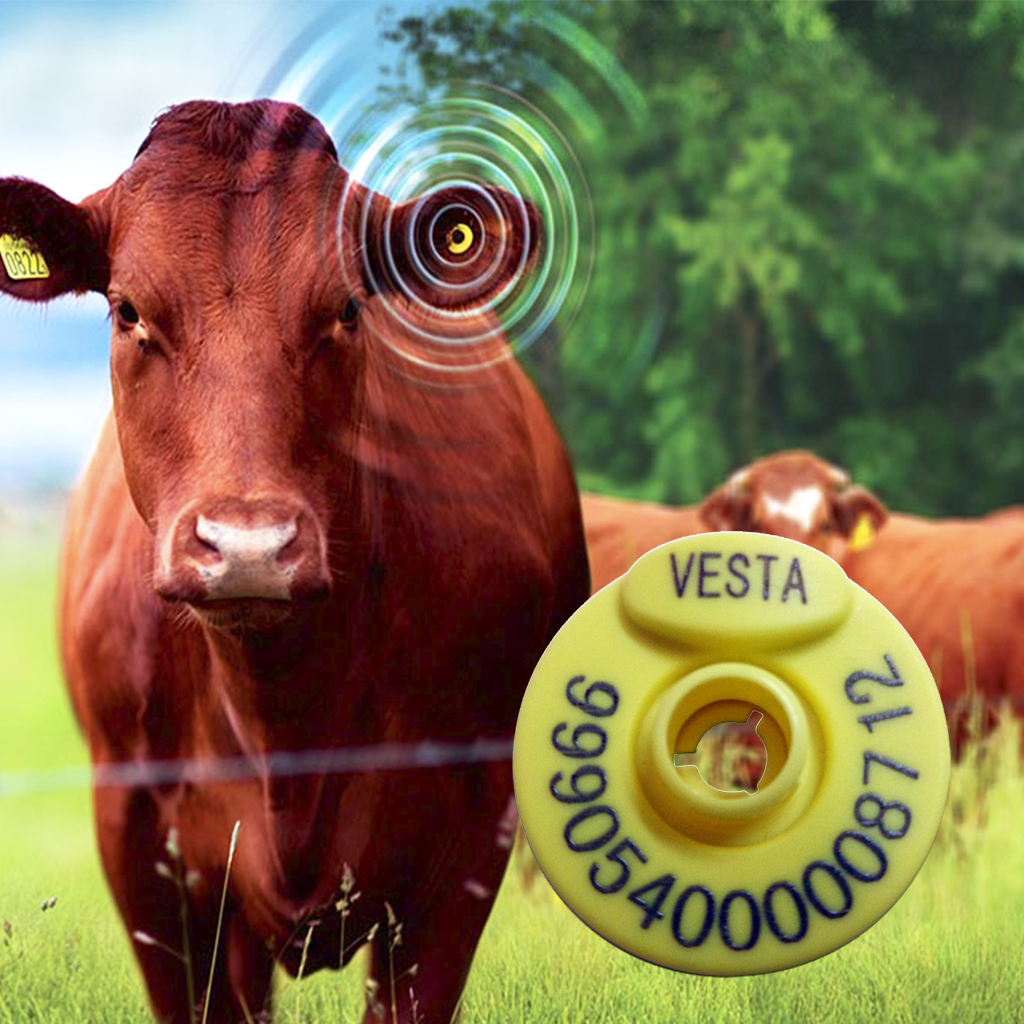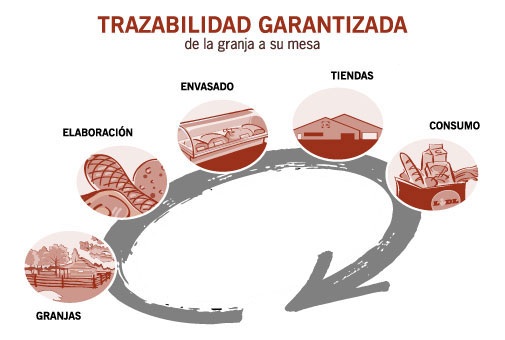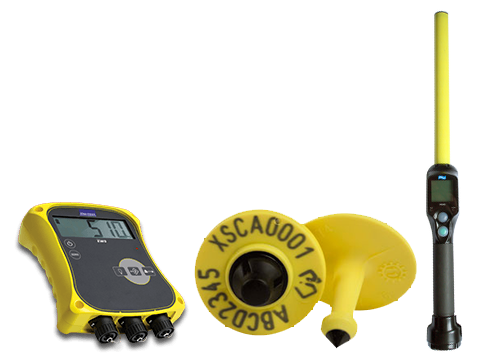Hello in this last post I want to talk about a tool and process that are very important when we are a producer of meet or want to export some aliments from a country to another.

The concept of logistics traceability refers to the possibility of identifying the origin and the different stages that a product goes through throughout the production process, as well as its subsequent logistics distribution until reaching the final consumer.
Therefore, a traceability system comprises a set of procedures that make it possible to know the location of a product in the supply chain at all times, as well as to trace its route or know in advance what path it will follow.

The European food safety regulation (Regulation (EC) nº178/2002, which establishes the general principles and requirements of food legislation, creates the European Food Safety Authority and establishes procedures related to food safety) obliges all those involved in the food chain to have access to a registration and identification system that allows you to “track” the product forward, backward and in the internal process itself (from the field to the table). This means having adequate records during all phases of the production process: from the arrival of raw materials to the departure of the final product and all the logistics that the cycle requires.
Manufacturers and consequently consumers benefit from the application of this tool.
Usefulness of traceability
– Build trust in consumers.
Traceability makes it easier to provide relevant information to the consumer about the
origin of the product and other important information (eg place of birth,
bait, slaughter or cutting of an animal, allergen content, organisms
genetically modified, …). In this way the producer or manufacturer achieves
build consumer confidence in their products.
– Cost reduction.
Apart from its importance in food safety, an adequate traceability system can provide relevant information to the company to optimize process control and internal management.
In addition, upon detecting any problem in any ingredient or process, an adequate traceability system will quickly locate the affected products and limit the repercussions. In this way, both possible personal damages to consumers and damages to the production company are avoided.
Traceability is an indispensable tool for food quality control, safety and quality.

The company’s Traceability Plan must include the following aspects:
• Backward traceability.
• Internal or process traceability.
• Forward traceability.
• Lot identification and definition.
• Traceability of materials and objects intended to come into contact with foods.
• Procedure for locating, immobilizing and removing the products
FRESH MEAT
In the livestock sector (cattle, goats, sheep, and pigs) there is an official database, called SITRAN (Animal Traceability System), which collects information about animals, their movements and the destination of the products and by-products that originate . SITRAN is not exclusive to the meat sector, but can provide adequate data to the company’s traceability system.
IN LIVESTOCK FARMS
– Identification Document of each animal with its veterinary treatments, movements of entry and exit of the farm, etc.
Once the livestock arrives, the entry documents (as well as, where appropriate, the individual identification of the animals) and the transport documents with the numbers of the animals are checked and entered into a database.
Once the animals are slaughtered, the carcasses are labeled with the corresponding individual or collective information.
Each half channel or commercial unit will have sanitary marking and will be labeled with all the data related to thesource channel.
IN THE EXPLODED ROOMS
The half carcasses arrive from the slaughterhouses, are weighed and identified with new labels that add to the information that comes from the slaughterhouse, its weight and the date of entry into the cutting room.
DISTRIBUTION OR RETAIL TRADE
Traceability is a tool of vital importance for the proper functioning of the Food Safety System and assumes that the origin and destination of a food product can be identified, as well as any of the phases of its production.
All food companies and operators: producers, processing industries and fruit and vegetable producers must have a traceability system adapted to their size and resources, which will have records, preferable but not necessarily computerized, that will guarantee the effectiveness of the system.
Here is a link about food traceability